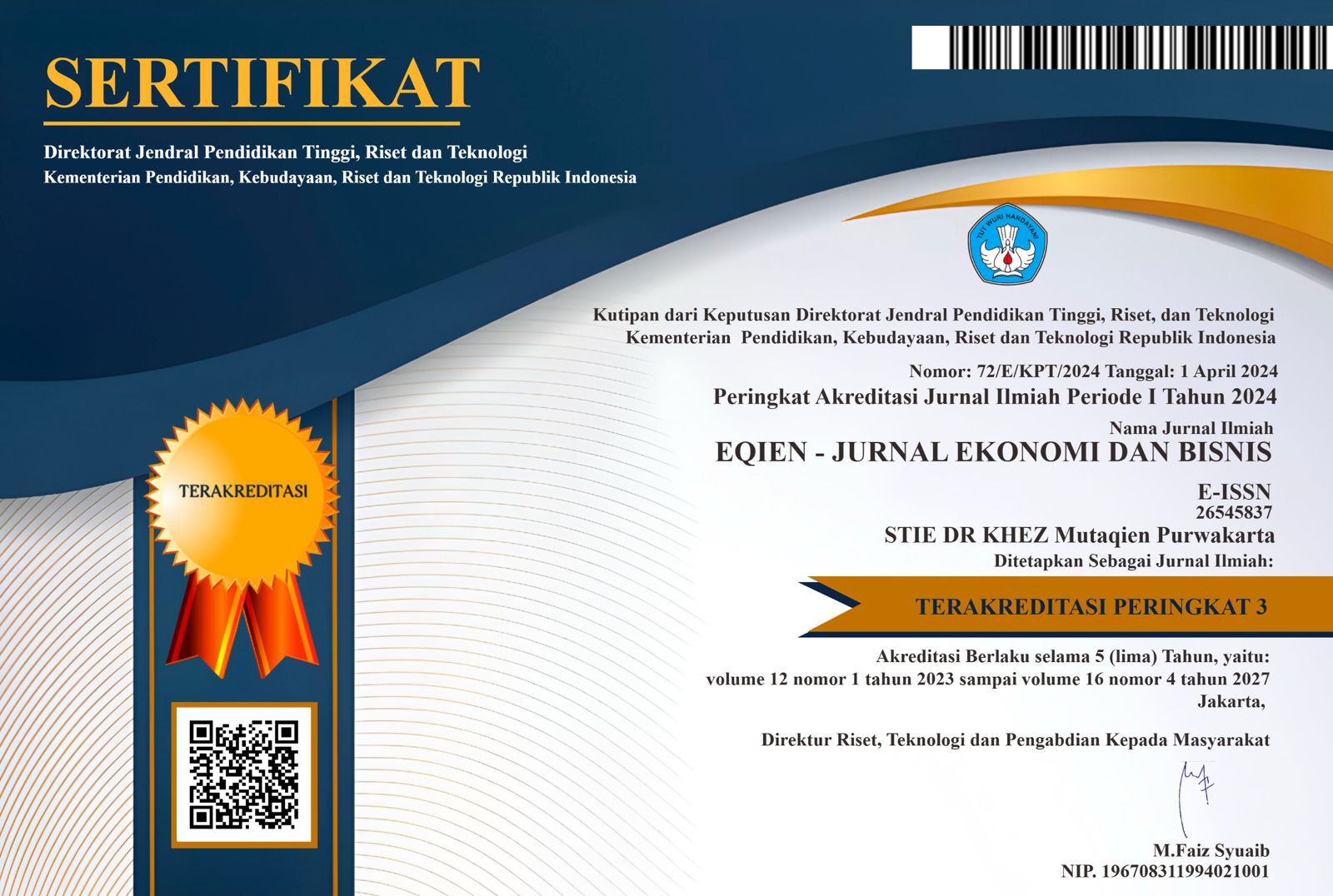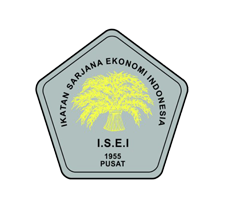POLA KONSUMSI RUMAH TANGGA TERHADAP SAYURAN PASCA COVID-19 DI KOTA BATU
https://doi.org/10.34308/eqien.v11i1.803
Keywords:
consumption, vegetables, covid-19 pandemicAbstract
Food problems in Indonesia are very complicated, one of which is the consumption of vegetables. In Indonesia, vegetable consumption during the COVID-19 pandemic decreased and was still very minimal in the context of balanced nutrition both in rural and urban areas. The purpose of this research is to analyze what factors influence household vegetable consumption in Batu City and to analyze price elasticity and household income in Batu City. This study uses secondary data, namely Susenas data taken in 2020 and analyzed using the Linear Approximate Almost Ideal Demand Systemd (LA/AIDS) analysis method. based on the results of the study, the income elasticity showed that mustard, cabbage and eggplant commodities were inferior because for every 1% increase in income, the demand for mustard commodities would increase by 1.0297009%, cabbage commodities by 1.0625697% and eggplant commodities by 1.4415742%. Spinach commodity is inelastic with a value of 0.6216271% and is a normal item because this commodity is a daily necessity that can be consumed by all people and the price is relatively cheap compared to other vegetable commodities.










